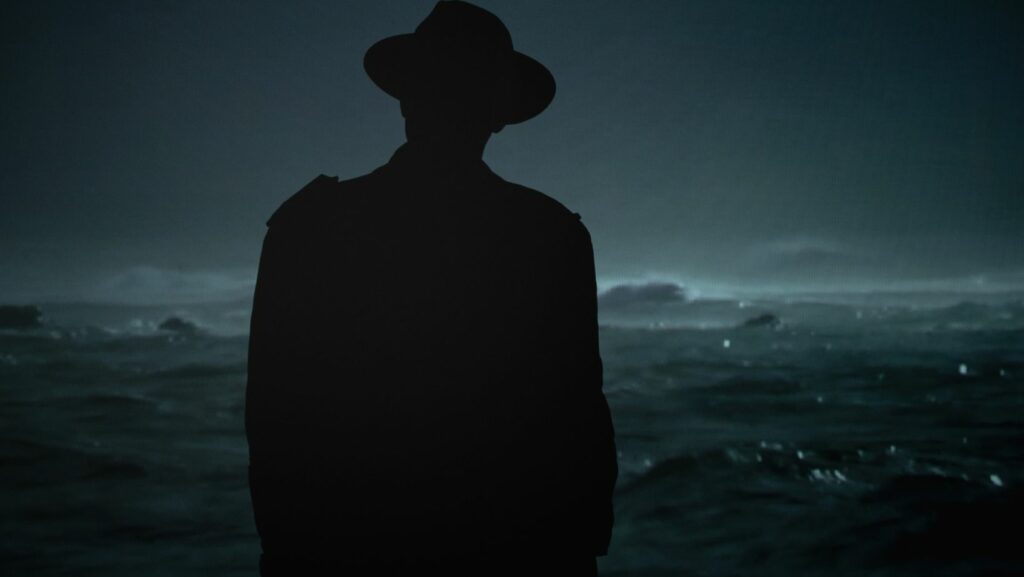Cinematic Arts
Cinematic arts, a mesmerizing blend of storytelling and visual creativity, captivate audiences worldwide. From the silver screen’s early days to today’s digital marvels, film has evolved into a powerful medium that transcends cultural and linguistic barriers. Its ability to evoke emotions and spark imagination makes it a cornerstone of modern entertainment.

As technology advances, filmmakers push boundaries, crafting experiences that challenge perceptions and redefine narratives. The cinematic arts encompass a spectrum of genres and styles, each contributing uniquely to the tapestry of film history. Whether it’s the drama of a character-driven plot or the spectacle of a special effects-laden blockbuster, cinema continues to shape and reflect society.
In exploring cinematic arts, one delves into a world where creativity knows no bounds. It’s a realm where directors, actors, and technical wizards collaborate to bring stories to life, leaving an indelible mark on audiences and culture alike.
Understanding Cinematic Arts
Cinematic arts represent a fusion of multiple disciplines, including storytelling, visual art, sound design, and technology. These components work in harmony to deliver a cohesive and engaging experience. Filmmaking involves a structured process consisting of multiple stages like pre-production, production, and post-production. In pre-production, creators plan storylines, cast actors, and arrange logistics. Production captures raw footage and audio, while post-production focuses on editing, sound mixing, and visual effects.
Directors bring the artistic vision to life, guiding the film’s narrative and aesthetics. A director’s decisions influence every facet, from scene settings and camera angles to actor performances. Cinematographers play a key role by shaping the film’s visual language. They select camera techniques, lighting, and compositional elements to evoke mood and tone.
Sound design enhances the cinematic experience by syncing dialogue, music, and ambient sounds with visuals. This creates depth and emotion, immersing viewers into the film’s atmosphere. Technological innovations like CGI (Computer-Generated Imagery) and VR (Virtual Reality) have expanded storytelling possibilities, enabling filmmakers to craft intricate worlds.
Cinematic arts thrive on collaboration, involving professionals across areas like scriptwriting, acting, set design, and editing. These experts contribute their skills to manifest a director’s vision. The genre-specific elements, including suspense in thrillers or romance in dramas, are meticulously crafted to elicit targeted emotional responses. Filmmaking isn’t just an art; it’s a complex industry intersecting creativity, business, and culture.
Historical Evolution of Cinematic Arts
Cinematic arts have journeyed through a remarkable evolution, shaped by technological breakthroughs and cultural shifts. Its progression reflects not only advancements in technology but also changes in societal storytelling forms.
Early Beginnings

In the late 19th century, cinematic arts emerged as an innovative way to capture movement. Pioneers like the Lumière brothers and Thomas Edison played crucial roles in developing the first motion picture cameras and projectors. The early films, often short and silent, focused on capturing everyday scenes. Audiences marveled at this new medium, and filmmakers began experimenting with narratives, sowing the seeds for future storytelling.
Impact of Technological Advancements
Throughout the 20th and 21st centuries, technology dramatically transformed cinematic arts. The introduction of synchronized sound in the 1920s marked a pivotal shift with “talkies” replacing silent films. The color revolution arrived in the 1930s with films like “The Wizard of Oz” showcasing vibrant palettes. Later, the arrival of digital technologies revolutionized production and distribution. Computer-generated imagery (CGI) enabled filmmakers to create fantastical worlds, while digital platforms expanded accessibility and viewership. The integration of virtual reality and AI today further expands the scope of immersive storytelling.
Key Elements of Cinematic Arts
Cinematic arts intertwine various components to create a compelling film experience. This section explores essential elements that contribute to a movie’s overall impact and audience connection.

Narrative forms the backbone of cinematic arts, driving the film’s progression and emotional engagement. A well-crafted storyline provides structure and continuity, drawing audiences into the plot. Scriptwriters and directors collaborate to develop characters, dialogues, and settings that enhance the narrative’s depth and believability. They strike a delicate balance between plot pacing and tension to maintain viewer interest throughout.
Cinematography defines a film’s visual style, capturing scenes using techniques that convey mood and emotion. Cinematographers utilize camera angles, movements, and shot compositions to direct viewer focus and enhance interaction with the visual narrative. Lighting and color schemes also play pivotal roles in shaping the atmosphere and influencing audience perception. Collaboration with directors ensures the film’s visual language aligns with the intended artistic vision.

